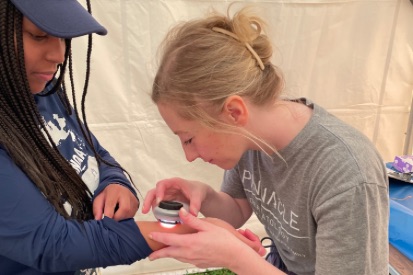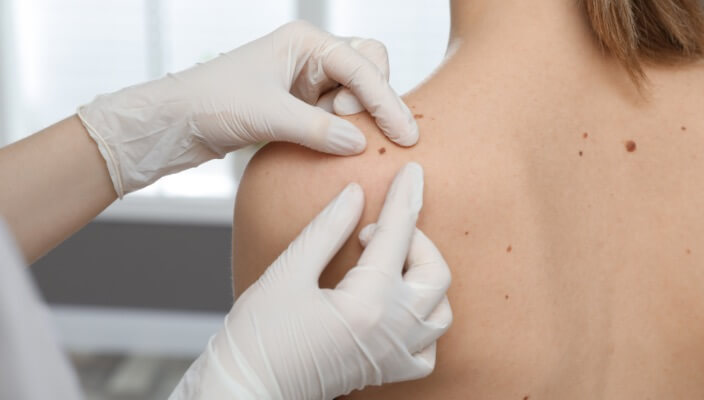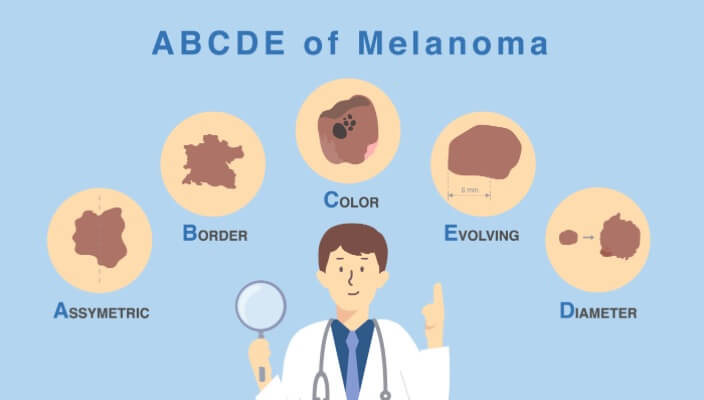Skin Cancer Awareness: How to Protect Your Skin Year-Round
The Importance of Dermatology Care in Skin Cancer Prevention
 Skin cancer remains one of the most prevalent forms of cancer worldwide, with its incidence on a steady rise. As the body's largest organ, the skin is exposed daily to various elements that can contribute to its deterioration. However, by understanding the risks, following preventive measures, and seeking regular dermatological care, individuals can significantly reduce the chances of developing skin cancer.
Skin cancer remains one of the most prevalent forms of cancer worldwide, with its incidence on a steady rise. As the body's largest organ, the skin is exposed daily to various elements that can contribute to its deterioration. However, by understanding the risks, following preventive measures, and seeking regular dermatological care, individuals can significantly reduce the chances of developing skin cancer.Routine visits to a dermatologist play a pivotal role in proactive skin cancer prevention. Dermatologists are trained to detect early signs of skin cancer that might be overlooked by untrained eyes. They perform comprehensive skin examinations, identifying suspicious moles, lesions, or discolorations that could indicate skin cancer.
Moreover, dermatologists can provide personalized recommendations for sun protection and skin care based on an individual's skin type, occupation, lifestyle, and risk factors. They offer guidance on self-examinations, teaching patients how to monitor their skin and recognize any changes that might require attention.
Regular dermatological check-ups empower individuals to take charge of their skin health, fostering a proactive approach to skin cancer prevention. These visits not only aid in the early detection of skin cancer but also provide an opportunity for education and guidance on effective sun protection measures.
Did Your Know: Skin Cancer Statistics
According to the American Academy of Dermatology, skin cancer is the most common cancer in the United States, with over 9,500 people diagnosed every day. Melanoma, although less common, is more likely to spread and cause fatalities. However, when detected early, the five-year survival rate for melanoma is around 99%*.
What are the main types of skin cancer?
Common risk factors for skin cancer?
How can I protect myself from skin cancer year-round?
- Sunscreen: Apply a broad-spectrum sunscreen with at least SPF 30 daily, even on cloudy days. Reapply every two hours and after swimming or sweating.
- Protective clothing: Wear wide-brimmed hats, sunglasses, and clothing that covers the arms and legs.
- Seek shade: Limit direct sun exposure, especially between 10 a.m. and 4 p.m. when the sun's rays are strongest.
- Schedule a Total Body Skin Exam with a board-certified dermatologist you trust.
Turn to your dermatologist
Skin cancer prevention activities and awareness should not be confined to a particular season. It's a year-round commitment to safeguarding our skin.
By staying informed about the risks, adopting preventive measures, and seeking professional care through regular dermatological check-ups, individuals can significantly reduce their chances of developing skin cancer. Protecting your skin today ensures a healthier and safer tomorrow.
Watch: Total Body Skin Exams at Pinnacle Dermatology

Schedule Your Skin Check at Pinnacle
Find a location nearest you and scheduling online today.
Featured Products for Sun Safety
Check your local office for current stock!
Check your local office for current stock!
Featured Blogs

- Skin Cancer
- Skin Exams
- Sun Safety
When it comes to skin cancer detection, the saying "better safe than sorry" couldn't be more appropriate.
Read More
- Skin Cancer
- General Dermatology
- Skin Exams
Your skin is your largest organ and its first line of defense. Learn more about why a skin exam should be a part of your wellness routine.
Read More
- Skin Cancer
- General Dermatology
- Skin Exams
Learn the ABCDEs of Melanoma, the deadliest form of skin cancer.
Read More


